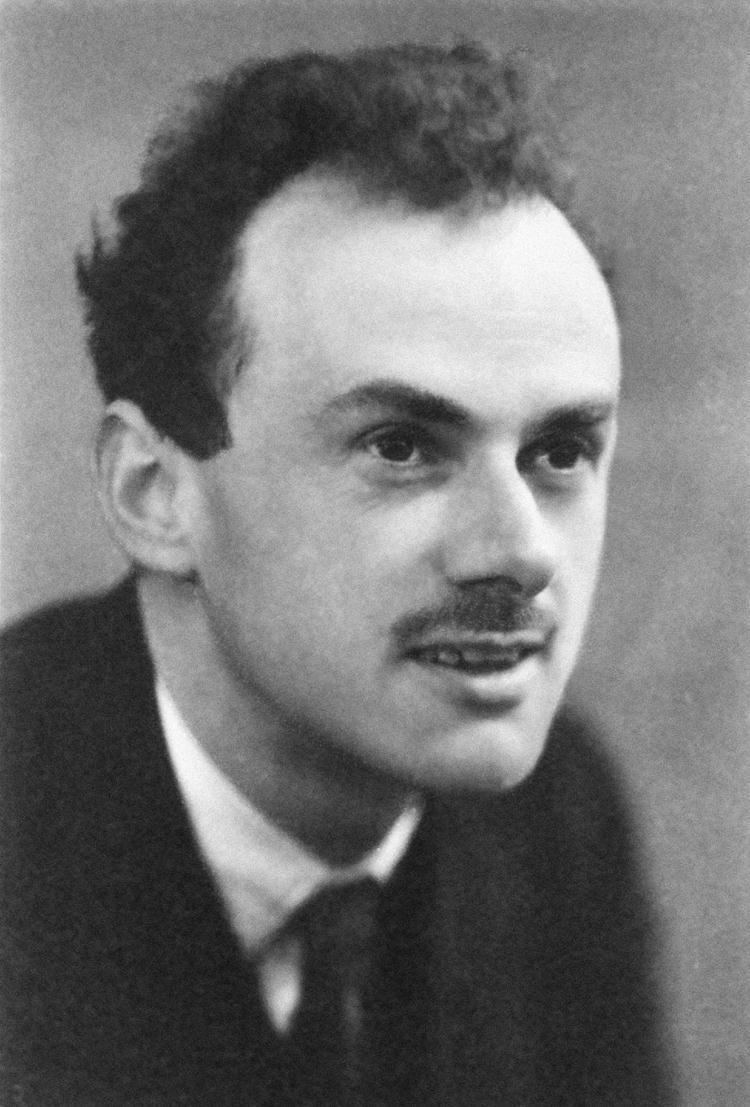 | ||
The Dirac large numbers hypothesis (LNH) is an observation made by Paul Dirac in 1937 relating ratios of size scales in the Universe to that of force scales. The ratios constitute very large, dimensionless numbers: some 40 orders of magnitude in the present cosmological epoch. According to Dirac's hypothesis, the apparent similarity of these ratios might not be a mere coincidence but instead could imply a cosmology with these unusual features:
Contents
- Background
- Diracs interpretation of the large number coincidences
- Later developments and interpretations
- References
Neither of these two features has gained wide acceptance in mainstream physics.
Background
LNH was Dirac's personal response to a set of large number 'coincidences' that had intrigued other theorists of his time. The 'coincidences' began with Hermann Weyl (1919), who speculated that the observed radius of the universe, RU, might also be the hypothetical radius of a particle whose rest energy is equal to the gravitational self-energy of the electron:
where re is the classical electron radius, me is the mass of the electron, mH denotes the mass of the hypothetical particle, and rH is its electrostatic radius.
The coincidence was further developed by Arthur Eddington (1931) who related the above ratios to N, the estimated number of charged particles in the universe:
In addition to the examples of Weyl and Eddington, Dirac was influenced also by the primeval-atom hypothesis of Georges Lemaître, who lectured on the topic in Cambridge in 1933. The notion of a varying-G cosmology first appears in the work of Edward Arthur Milne a few years before Dirac formulated LNH. Milne was inspired not by large number coincidences but by a dislike of Einstein's general theory of relativity. For Milne, space was not a structured object but simply a system of reference in which Einstein's conclusions could be accommodated by relations such as this:
where MU is the mass of the universe and t is the age of the universe in seconds. According to this relation, G increases over time.
Dirac's interpretation of the large number coincidences
The Weyl and Eddington ratios above can be rephrased in a variety of ways, as for instance in the context of time:
where t is the age of the universe,
Hence, interpreting the charge
Later developments and interpretations
Dirac's theory has inspired and continues to inspire a significant body of scientific literature in a variety of disciplines. In the context of geophysics, for instance, Edward Teller seemed to raise a serious objection to LNH in 1948 when he argued that variations in the strength of gravity are not consistent with paleontological data. However, George Gamow demonstrated in 1962 how a simple revision of the parameters (in this case, the age of the Solar System) can invalidate Teller's conclusions. The debate is further complicated by the choice of LNH cosmologies: In 1978, G. Blake argued that paleontological data is consistent with the 'multiplicative' scenario but not the 'additive' scenario. Arguments both for and against LNH are also made from astrophysical considerations. For example, D. Falik argued that LNH is inconsistent with experimental results for microwave background radiation whereas Canuto and Hsieh argued that it is consistent. One argument that has created significant controversy was put forward by Robert Dicke in 1961. Known as the anthropic coincidence or fine-tuned universe, it simply states that the large numbers in LNH are a necessary coincidence for intelligent beings since they parametrize fusion of hydrogen in stars and hence carbon-based life would not arise otherwise.
Various authors have introduced new sets of numbers into the original 'coincidence' considered by Dirac and his contemporaries, thus broadening or even departing from Dirac's own conclusions. Jordan (1947) noted that the mass ratio for a typical star and an electron approximates to 1060, an interesting variation on the 1040 and 1080 that are typically associated with Dirac and Eddington respectively.
Several authors have recently identified and pondered the significance of yet another large number, approximately 120 orders of magnitude. This is for example the ratio of the theoretical and observational estimates of the energy density of the vacuum, which Nottale (1993) and Matthews (1997) associated in an LNH context with a scaling law for the cosmological constant. Carl Friedrich von Weizsäcker identified 10120 with the ratio of the universe's volume to the volume of a typical nucleon bounded by its Compton wavelength, and he identified this ratio with the sum of elementary events or bits of information in the universe.
